Are you having sound issues in Windows 10? If your sound is stuck, keeps playing, or is really annoying then this post will help you fix them.
Microsoft may need to do more improvements when it comes to hardware compatibility, given that they further pushed their upgrades for the Windows 10 operating system.
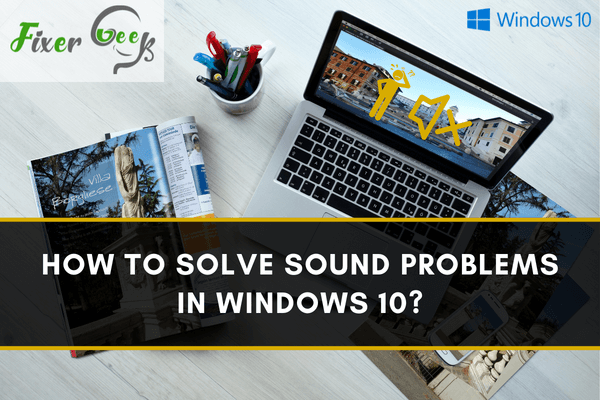
Because of this oversight, most of the device drivers in Microsoft are either included in feature updates or preloaded. This has led to a rather stable number of complaints from users.
One of these complaints includes the loss of sound after their operating system update to Windows 10. So if you’re one of those who need to know how to solve sound problems in Windows 10, we got you covered.
Method 1: Going Back to the Basics
With this, you may need to do some checking. This will mean checking your physical connections for proper plugging, and this will include the condition of the cables, jacks, and plugs. The headset and volume setup may need to be checked as well.
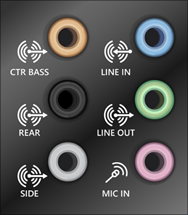
After the initial checking, you may need to start taking a look at your speaker output which you can do by going to the taskbar and selecting the speaker icon. Then you can open the list of audio devices that are connected to your computer to check if the said device is functional.
Method 2: Troubleshoot
If the first tip didn’t work, run the audio troubleshooter by right-clicking on the speakers' icon on the taskbar and click troubleshoot sound problems.
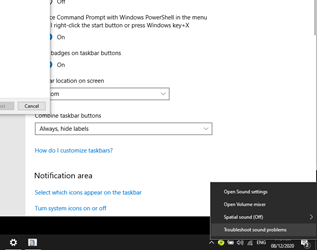
You then have to select the specific device that you want to troubleshoot.
After selecting, you have to make sure that all audio enhancements are turned off to improve the sound quality of your device.
Method 3: Checking the drivers
If this still doesn’t work, you can then head over to your hardware and check your drivers out if they are malfunctioning or in need of updates. You can do so by uninstalling the audio driver, which will in turn reinstall itself and this may fix the problem. If it does not, you can opt for automatically updating your drivers.
Here is how you do it:
1). Type Device Manager on your search bar.
2). Choose the Sound, Video and Game Controllers and update the driver of the chosen device.
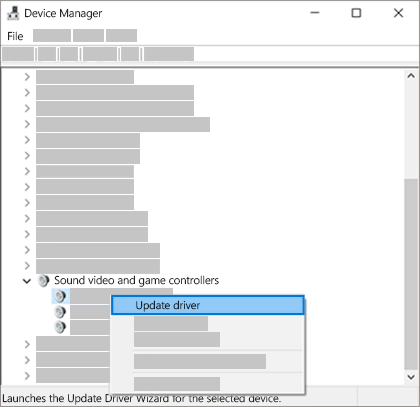
3). When updating, you will be asked how the drivers will be located. You can choose the option to automatically search for the updated version of the driver.

If Windows cannot find the updated version of your driver software, you can look for a copy online. You can do so by heading over to the manufacturer’s website and look for the updated driver of the audio device exclusive to your gadget.
4). Try uninstalling.
You can do so by heading back to the Device Manager and back to the Sound, Video, and Game Controller drop-down option. You can then right-click on the selection and click on Uninstall Device. An option may appear to Delete the driver software for this device, which you will allow, and then proceed to uninstall.
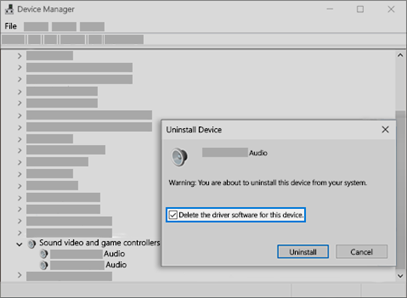
5). After uninstalling, restart your gadget.
Once the old driver has been uninstalled, your gadget or your PC will display an automatic prompt to restart, so you allow the process.
If you still have tabs that need to be properly closed, you can decline the prompt and manually schedule the restart. Just be careful not to forget because the reinstallation will allow the generic audio driver to automatically be reinstalled.
Summary: Solve sound problems in Windows 10
- Check your speaker connections
- Verify that sound is audible from the built-in speaker
- Plug in powered speakers
- Uninstall the sound card device and reinstall the drivers
- Uninstall and reinstall Windows Audio
- Disable audio enhancements
- Set the speakers as the default device
- Use System Restore to fix audio problems
Conclusion
With that said, we hope that this short article has been of help to you in restoring the sound into your gadget. Always keep in mind that operating system updates may impose changes on your gadget without your consent, but it can always be easily fixed. We are happy to be of assistance. Good luck!